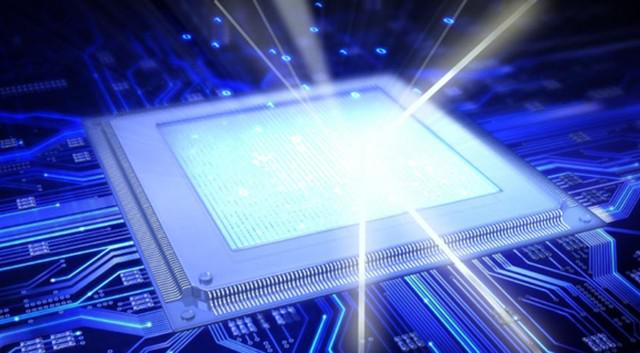Optical computer
Introduction
Optical computer refers to a computer made with light pulses instead of electronic signals. These light pulse signals can be infrared or visible light. Since the current will make the computer heat up, one advantage of using light pulses is that it can reduce the computer's heat generation without sacrificing its computing performance. Excessive heat can damage the computer. Once optical computers become popular, their speed can reach ten times that of today's computers.

The United States International Business Machines Corporation (IBM) announced on December 6, 2007 that it has successfully converted electronic signals into light pulses. The technology can greatly reduce the size of supercomputers and help the development of supercomputers. .
In the journal Optics Express, IBM announced that it has successfully developed a small electro-optical amplitude modulator, which is one hundred to one thousand times finer than the silicon photonic amplitude modulation used in general supercomputers. Scientists said that electro-optical amplitude modulators can be installed in the CPU chip of computers in the future, which will greatly reduce the size of supercomputers. He pointed out that the new technology is like laying a set of optical fiber networks in a supercomputer, using optical technology to replace wires, which can speed up the transmission between core processors by a hundred times, while the energy consumption is greatly reduced.
See
Photonics
Quantum Computer
Latest: power supply
Next: Infrared radiation








